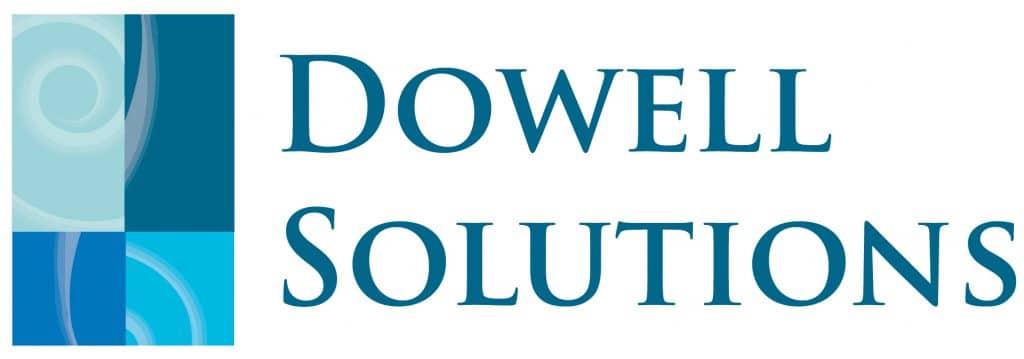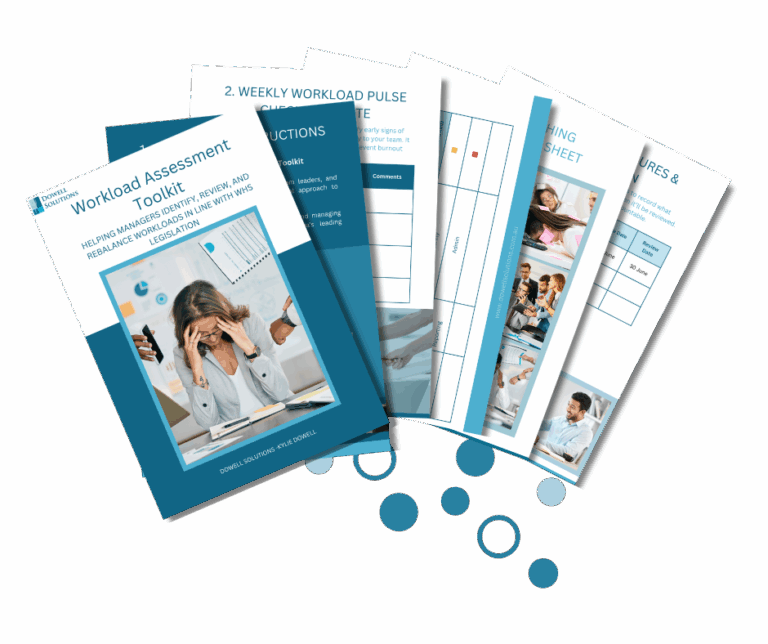A Growing Challenge in Every Industry
Across industries in Australia, from construction sites to corporate offices, one psychosocial hazard is quietly undermining wellbeing, productivity and employee retention:
“Excessive Workload”
It’s not just a workplace inconvenience, it’s a leading cause of psychological injury claims and a major factor behind why employees are walking away from their jobs. As managers and safety leaders, it’s time to not only recognise the issue but take clear, practical steps to address it.

THE EVIDENCE IS CLEAR, WORKLOAD IS AUSTRALIA'S #1 PSYCHOSOCIAL RISK
According to data from Safe Work Australia, high work demands including time pressure, unrealistic deadlines, and workload volume account for over 30% of work-related psychological injury claims. This makes it the most reported cause of mental health claims, even ahead of bullying and harassment.
National surveys, such as SuperFriend’s Indicators of a Thriving Workplace, support these findings: nearly two-thirds of Australian workers say they regularly experience excessive workload. For many, it’s not a spike, it’s the norm. Burnout, stress leave, and disengagement follow closely behind.
THE LINK BETWEEN WORKLOAD AND STAFF TURNOVER
It’s no surprise that workload is now a top reason people leave their jobs. A 2024 Allianz survey found that 36% of Australian employees are considering quitting within the next year, with high workloads and burnout cited as key drivers.
When staff feel constantly stretched, their energy, motivation, and job satisfaction decline. The outcome? Increased absenteeism, higher turnover, and disengagement from safety responsibilities.
YES, YOU CAN TURN THIS AROUND
Most of us have felt the effects of excessive workload at some point in our careers, I know I certainly have. It wears down even the most committed employees and makes it harder to stay focused, safe and motivated at work.
But this isn’t just about awareness. It’s about action. Your managers and team members need clear methods and tools to assess, manage, and support each other’s workload in a way that’s sustainable. These strategies aren’t just good ideas, they need to be shared, embedded, and reviewed regularly if we’re going to make a real difference.
With the right support and a few simple steps, you can:
- Identify where overload is happening
- Rebalance responsibilities fairly
- Improve team morale and productivity
PRACTICAL SOLUTIONS ON HOW MANAGERS CAN ASSESS AND ADDRESS Excessive WORKLOAD
Saying “manage workloads” is one thing. Doing it is another. Here are tried-and-tested, hands-on ideas you can start using today.
1. Implement Work Diaries or Time Logs
Ask team members to record their daily tasks and how long each takes for 1–2 weeks. This uncovers time drains, hidden admin, and duplicated effort.
2. Use Task Buckets and Visual Boards
Gather the team and list all tasks on sticky notes or a whiteboard. Group them into categories (admin, safety, client work) and visually assign responsibility. You’ll spot imbalances quickly.
3. Colour Code Task Value
Have staff colour-code their tasks.
- 🟩 Green: High-value, energising work
- 🟨 Yellow: Routine tasks
- 🟥 Red: Time-wasting or draining work
This shows where support, training or task reallocation is needed.
4. Pulse Surveys or Check-Ins
Send a two-question survey each Friday asking.
- How manageable was your workload this week?
- What task could we remove or simplify next week?
It opens dialogue and surfaces issues before burnout hits.
5. Skills vs. Tasks Matrix
Map out which team members have which skills vs. the tasks being done. You may find high-skilled staff doing low-value work, while others are underutilised.
6. Weekly Capacity Review
During team meetings, ask “Does anyone feel over capacity this week?” Use it to adjust assignments. Better yet, rotate complex tasks or emotional labour to prevent burnout.
Looking to improve consultation and safety engagement too? You might like our blog on how to develop a functional WHS committee.
7. Shadowing or Role Swaps
Have team members spend a day shadowing someone else. It builds empathy and helps uncover workload imbalances or inefficiencies.
8. Encourage ‘One Less Thing’ Conversations
Ask each person: “If we could take one thing off your plate, what would it be?” It shows you value their wellbeing and helps prioritise tasks that matter most.
WHAT EMPLOYERS GAIN FROM TACKLING WORKLOAD ISSUES
Addressing excessive workload isn’t just about preventing burnout. It’s a business win:
- Lower staff turnover
- Better safety engagement
- Higher productivity and morale
- Stronger employer brand
Plus, reducing claims related to mental health and fatigue can help you reduce your workers’ compensation claims and premium over time.
SMALL STEPS, BIG WINS
Workload pressure doesn’t fix itself. But it can be managed. By taking a structured, supportive approach to assessing workloads, you’re not only protecting your team’s mental health, you’re strengthening your entire safety culture.
Tip: As a leader, your actions speak volumes. Implementing even one or two of these strategies could be the shift your workplace needs.
NEED A HAND STARTING THE CONVERSATION?
At Dowell Solutions, we make it easier for teams to talk about tough topics like workload. Share this blog with your manager or team leader and if you need practical tools to start assessing workloads, grab our free Workload Assessment Toolkit or contact us for a friendly consult.

ABOUT THE Author - Kylie Dowell
Kylie Dowell is a seasoned WHS consultant, trainer, and safety advocate with over 25 years of experience helping Australian businesses create safer, compliant workplaces.
Through her partnership with TEAMS, an accredited Registered Training Organisation, Kylie delivers a wide range of training up to Advanced Diploma level, empowering businesses with the knowledge and skills to manage safety effectively.
As an approved trainer for Health and Safety Representative (HSR) courses by three Safety Regulators, Kylie has guided countless organisations in building stronger safety cultures and fostering healthier work environments.
Specialising in practical and effective safety solutions, she works closely with small and medium-sized businesses to simplify complex WHS requirements, making safety approachable and achievable.
When she’s not delivering high-quality training or conducting ISO 45001-certified audits, Kylie enjoys collaborating with her clients to design tailored workshops and strategies that suit their unique needs.
Ready to make safety simpler? Get in touch with Kylie today for personalised support.

